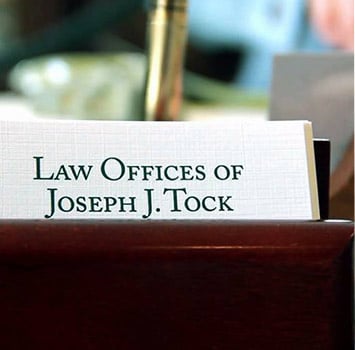Car crashes are fairly easy to avoid so long as drivers are aware of their surroundings, aren’t intoxicated and are doing their best to follow the laws. Unfortunately, human error is normal and does result in accidents fairly often.
There are a few different kinds of car crashes that could take place. These include:
- Rear-end collision
- When one vehicle is struck from behind by another
- Front-end (head-on) collision
- When a vehicle is hit in the front, usually by another vehicle driving toward it
- T-bone accident
- When a vehicle is hit on the side by another vehicle
- Rollover accident
- When one or more vehicles roll onto their sides or roofs during a collision
- Single-car crash
- When only one vehicle is involved
Each of these is a little different, but they all pose the risk of causing serious harm to the occupants of the vehicles involved.
In each of these types of crashes, there is a potential to file a claim against the driver who is at fault. For example, in a single-vehicle collision, a passenger might pursue a claim against the driver. In a T-bone accident, the driver who crossed into the path of the other may be held responsible.
How do you prove fault in a crash?
For the most part, fault is determined when the insurance companies involved look at the police report, witness statements and other information. Once fault is assigned, you will be able to pursue a claim against the driver who caused the accident so that you can get the compensation you need during recovery.

